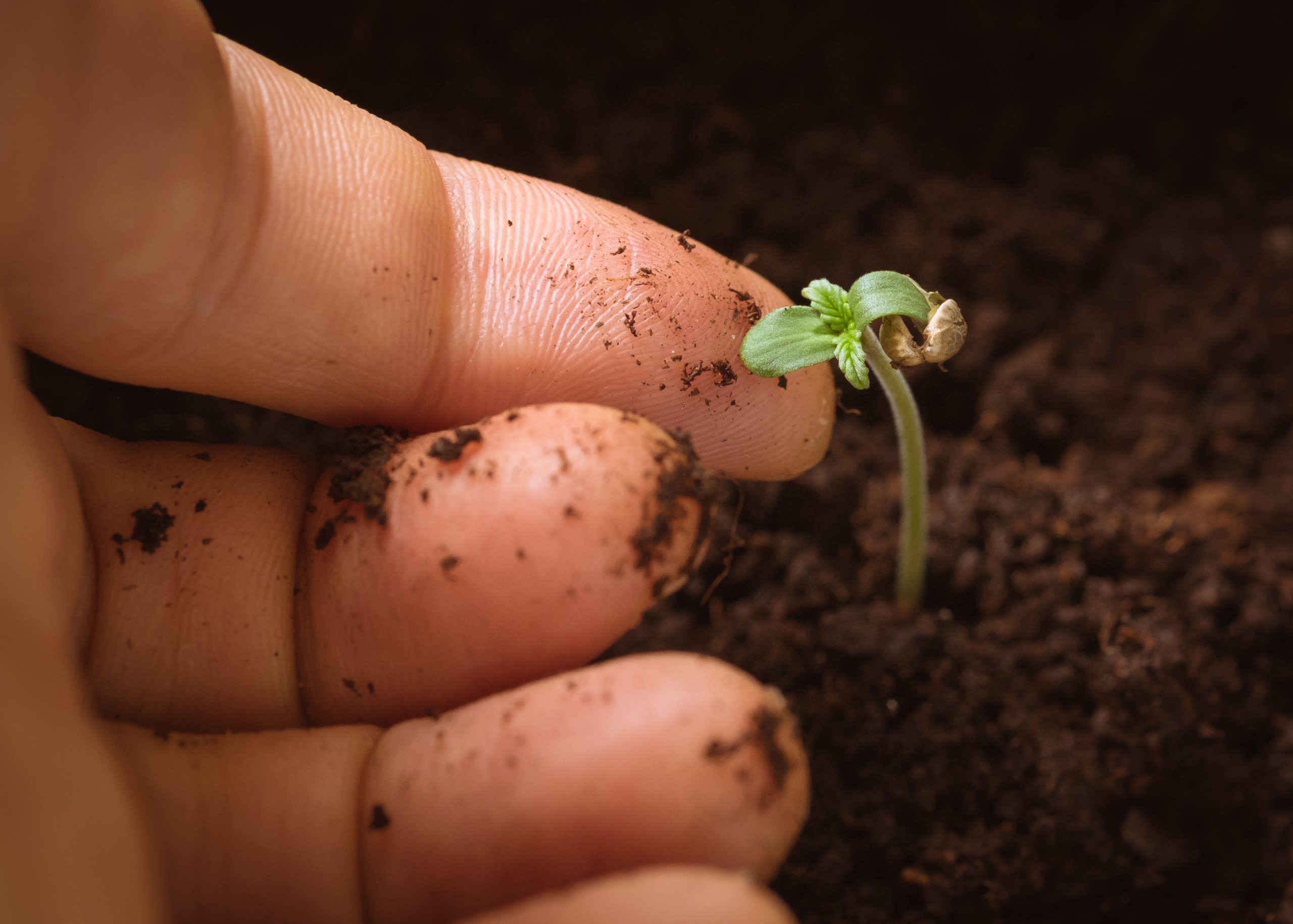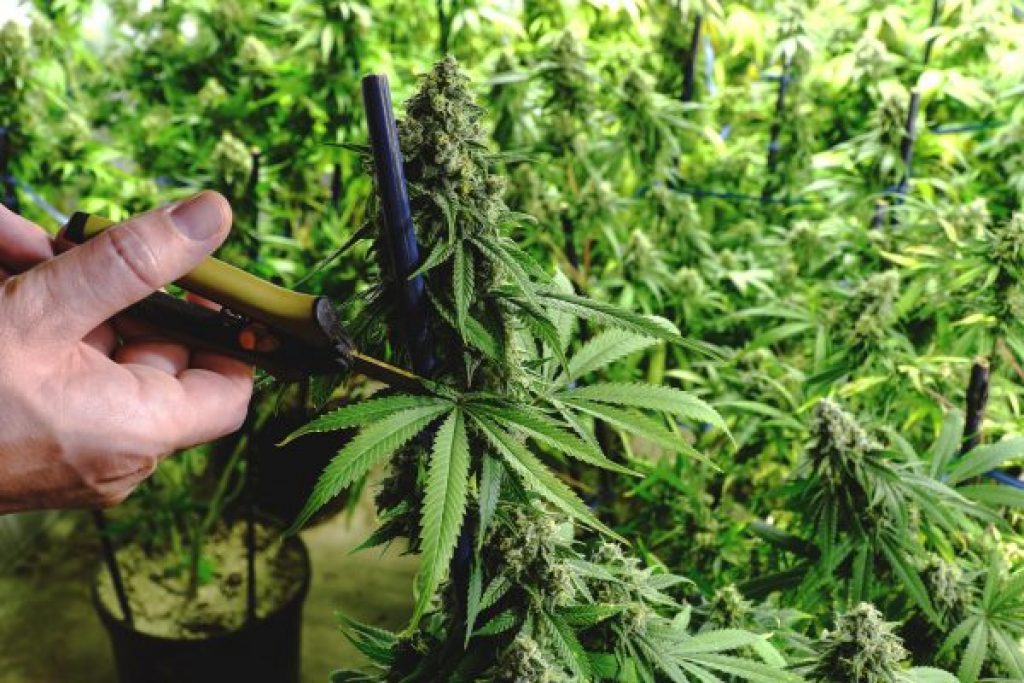
Everything You Need to Know About Pheno Hunting
If you’ve ever found yourself jonesing for a certain strain, gotten your hands on a batch, and found it to look, taste, or feel different than you’re used to, you’re already aware of how complex strains can be.
Each cannabis strain has several variables that make it unique. There are genetic factors that can change with random mutations or variations in breeding, as well as environmental factors (type of soil, indoor/outdoor, amount of sunlight, etc.). With different growers introducing their individual preferences and styles into their products, it’s no wonder landing on a consistent cannabis strain can be a challenge.
Enter the world of the pheno hunter.
Below, we’ll look at what pheno hunting is and how it works.
The Science of Pheno Hunting
A successful grower understands that, in order to pass the desired genetic traits of a plant to the next generation, they need to isolate them as dominant traits in their seeds.
Compartmentalizing this complex subject a bit, what pheno hunters are studying are two distinct factors: the plant’s genotype and its phenotype. The genotype comprises all of the genetic factors in the plant’s DNA that dictate what it could have been. The phenotype encompasses what the plant actually is — its smell, structure, color, flavor, potency, and yield. In other words, the genotype of a plant is the roulette wheel of possibilities, and the phenotype is where the ball actually landed.
Environmental factors are the deciding force in a plant’s phenotype. Take an identical seed and grow it indoors vs. outdoors, or in a different soil type or amount of shade or moisture, and the final result can be extremely different.
Pheno hunting is the science of striving for consistency by isolating seeds with the desired dominant traits. Take Banana Kush, for instance. This strain is a cross between Ghost OG and Skunk Haze, and in a sample of Banana Kush seeds, each seed will produce a different balance of traits between its parents. One seed might lean more heavily toward Ghost OG, while another might lean more heavily toward Skunk Haze, while yet another will express random traits of both.
As a pheno hunter, your job is to find the seeds that express the traits you desire.
How Pheno Hunting Works – Step-by-Step
If you could look at a seed and tell what it would turn into, pheno hunting would be a pretty easy pursuit. But you can’t, so it isn’t — in order to be a successful pheno hunter, you have to grow the seeds and eliminate them one by one.
Step 1: Label the seeds and track their early growth
This starts with labeling each seed to keep track of it as it matures. During the growth phase, you can be as detailed as you’d like, tracking the rate of its growth, its efficiency, and the details about its environment like sunlight, water, and so on.

Step 2: Remove the males
Lorem ipsum dolor sit amet, consectetur adipiscing elit. Ut elit tellus, luctus nec ullamcorper
Step 3: Study each plant’s morphology
A detailed record of the morphology, or traits, of each plant will be your most valuable resource when narrowing down which seeds to select. You should study the following traits during the first two to four weeks of growth:
- Height
- Structure
- Stretch
- Speed of growth
- Internodal spacing
- Root structure (if applicable — mainly for transplanting)
Selecting for some of these features will come down to your own personal growing space. If you have a large greenhouse, then larger plants may not be an issue for you. If you’re in a tighter space or want more dense production, select for smaller plants.
Step 4: Assess each plant’s hardiness
A plant’s hardiness is its ability to thrive given the conditions of its growth. Keep track of the plant’s reaction to the following variables:
- Temperature: How did plants fare during a cold spell or an unseasonably warm spell? For indoor growers, was there a difference among plants closer to the door or in a warm/cold part of the room?
- Tolerance to transplanting: After you transplanted a plant, did it experience prolonged shock or become stunted?
- Disease: Are there any signs of vulnerability to pests or disease? Did the plant repel or succumb to it?
- Food and water needs: Do certain plants seem to need more nutrients or water than others to maintain the same growth?
Strength: Is the plant fragile or sturdy against wind and handling?
Step 5: Note how the plants handle training
Training your plant involves cropping, topping, tying, and other techniques to make it more productive or fit within your growth space. Using a combination of low-stress training (LST) and high-stress training (HST) can provide optimized results for your needs.
When you crop or top your plant, does it flourish or appear stunted? If it doesn’t handle HST, it may be better suited for LST techniques. Whether you select for this depends on your growth space.

Step 6: Count the buds
Track the number of bud sites on each plant — more buds equals more flowers equals a bigger harvest. Also remember that bud sites higher up on the plant tend to produce larger flowers.

Step 7: Analyze the final product
Once you’ve harvested, dried, and cured the buds (keeping them separate and well-organized, of course), it’s time to analyze them. Pick your favorite(s) by the following criteria:
- Aroma: The plant’s terpene profile lends the bud its smell.
- Trichomes: Are the small hairs short and fat or long and skinny?
- Effect: Note the onset of the high as well as its different phases — does it start with a giddy cerebral high then turn to a mellow body buzz, etc.? Always note the duration and intensity of its effects.
Choose the plants you love the most and get rid of the rest. When it comes time to start the next batch, these will be your starters.
Enjoy the Process
You’ll make plenty of mistakes, lose some harvests, and occasionally come out empty-handed. It’s all part of the process. You will only get better with time, and pheno hunting is one of the most rewarding and fascinating ways you can interact with cannabis.
[ Keep Learning: How to Decarboxylate Weed
Read More: How to Roll a Blunt ]







[…] The Ultimate Pheno Hunting Guide […]